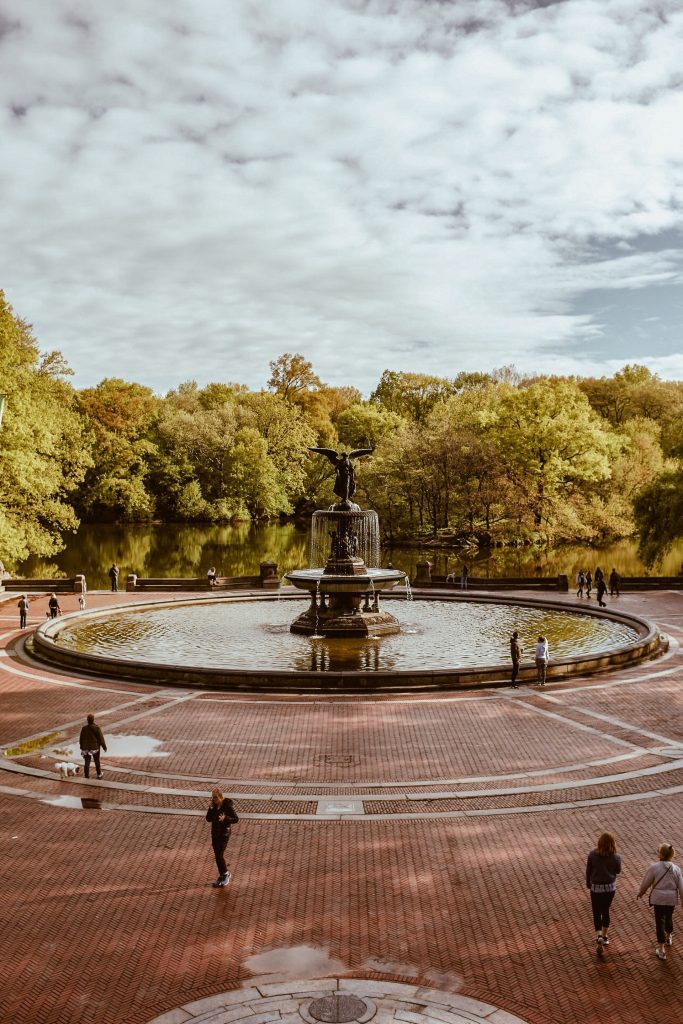“Look deep into nature and then you will understand everything better,” said Albert Einstein, and his words encapsulate the importance of nature and of travel through the world’s most beautiful landscapes. Nature travel is currently trending, with recent world events highlighting the importance that the Great Outdoors has in our lives. Whether your most recent trip was to the heights of a treetop villa in the Costa Rican rainforest or the depths of the colorful Great Barrier Reef in Australia, you can bring a little of its magic back with you. Create your very own travel-inspired haven in your very own backyard, so you have a scenic place to unwind until you hit the road, soar through the air, or sail the high seas once again.
Planning The Design of Your Outdoor Space
When creating your landscaping plan, choose outdoor features which are good investments. This is especially important if you plan to sell your home in a few years and you will be spending over one or two thousand dollars to enhance the beauty of your garden. Professional landscaping can help you design a functional and beautiful garden. It can also increase your home’s overall value by up to 28%. Features such as a swimming pool, decking, and a fresh lick of paint every few years will ensure your patio and garden zone is well-valued by others while also providing you with an ideal spot to relax and recoup.
Choosing A Theme
An eclectic garden with influences from different countries can be beautiful, as can a one that hones in on a single tradition — think the pretty rose gardens of English country homes, the dry landscaping of a Zen garden, or the lushness of a traditional Japanese study garden, with its gentle slopes, ponds, and pagodas. Your chosen theme should fit in with your budget and the type of landscaping you choose. A Japanese study garden, for instance, has specific requirements for inclinations, water features, and statues. Therefore, if you want to maintain the current structure of your garden, another style (such as a flat-surfaced tea garden) may be more suitable. Whichever theme you settle on, it should be one that resonates with you emotionally and transports you to a destination that was particularly meaningful to you.
Adapting Your Plant Choice
Traditional gardens often have very specific plants associated with them, which grow abundantly in their countries of origin. In Japanese gardens, for instance, trees such as the Japanese maple and red and black pines are predominant, as are shrubs such as the Japanese pieris and the Podocarpus macrophyllus. Depending on the zone you live in, you can find substitutes that are pretty close to the real thing. For instance, instead of a Japanese maple, you can plant a bigtooth maple, American smoke tree, or a Texas ash. All bear a pretty red hue that will remind you of your days in the land of the rising sun.
Incorporating Artistic Elements Into Your Design
When planning your garden, in addition to choosing plants, trees, and designs that are similar to those in your chosen destination, incorporating artistic elements such as statues and water features adds an element of authenticity. In countries like Brazil or Spain, for instance, outdoor fountains lend visual appeal to traditional gardens. Japanese study gardens boast elements like pagodas and statues. In wild English gardens, meanwhile, characters from famous storybooks (such as Peter Rabbit) lend a whimsical, fairytale-like appeal to garden spaces. Visit a garden center that is known for the variety of its pieces or consider purchasing traditional pieces from online sellers.
Designing a travel-inspired garden is an excellent way to remind you of the wonder of the unknown. When taking your initial steps, crunch numbers so that you do not go over budget, bearing in mind the investment potential of a beautiful yard. Choose a theme that lends itself to the amount of renovation you are willing to undertake, carefully substituting plants and traditional artwork with local ones bearing a similar style or inspiration.








